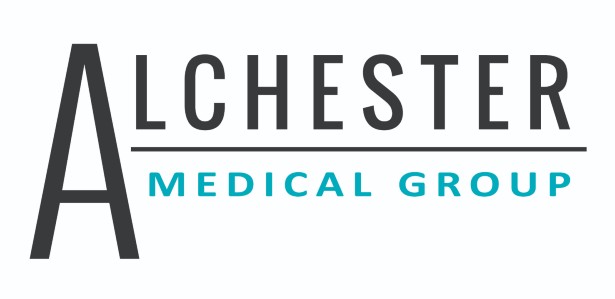ACG Patient Needs Group
You may notice a test result appear in your NHS APP referring to “segmentation” or “Johns Hopkins Adjusted Clinical Groups (ACG) system score”.
What are the John Hopkins Patient Need Groups (PNG)?
Patient Need Groups categorise patients into different groups based on the complexity and intensity of their healthcare needs rather than just their medical conditions. Instead of focusing solely on a diagnosis (like diabetes or heart disease) it takes in to account a broader range of health characteristics about a patient.
Everyone is different. Some people are very healthy, some have one or two health problems, and some have many health problems.
The Patient Need Groups system puts people into 11 different groups based on how much care and support they are likely to need.
Low Need
1.
Non user
2.
Low need child
3.
Low need adult
4. Multi
morbidity low complex
Moderate Need
5
Multi morbidity medium complex
6.
Pregnant low complex
7.
Pregnant high complex
High Need
8. Dominant psychiatric
/ behaviour condition
9. Dominant major
chronic condition
10. Multi morbidity
high complex
11.
Frailty
These groups consider factors like the number of chronic conditions, the severity of illness and the level of support a patient might need. The patients in a particular group have similar patterns of need.
For example:
- Red PNG 10, 11 = Complex Care Needs: Patients with mulitple chronic conditions, requiring regular monitoring and a coordinated care approach.
- Amber PNG 5-9 = Stable Chronic Conditions: Patients with chronic conditions that are well-managed and require occasional support to maintain their stability.
- Green PNG 1-4 = Health: Patients without significant health issues who require less intervention and could benefit from preventative care.
As patient needs change over time, their categorisation changes with them.
What are the benefits of having this information available on patient records?
- Personalised care. Healthcare providers can use PNGs to tailor their care plans. This means that patients receive the specific type of care they need, whether it's more frequent monitoring, specialised treatment, or preventative care.
- Improved coordination. PNGs help healthcare teams coordinate more effectively. If a patient has complex needs, the care team can work together to ensure all aspects of their health are addressed, from medication management to lifestyle support.
- Better resource allocation. Hospitals and GP surgeries can allocate resources more effectively based on the needs of different patient groups. This ensures that patients receive timely and effective care from the most appropriately trained clinician.
- Proactive health management. For patients in lower-needs groups, PNGs encourage preventative care and early intervention. This can help them maintain their health status and avoid complications in the future.
- Enhanced communication. PNGs facilitate better communication between patients and healthcare providers. By understanding which group a patient falls into, together they can have clearer discussions about what to expect from the care they receive and what actions they can take to manage their health.
You can read more about Segmentation and how it is done on the ICB website here.
Published: Oct 27, 2025
We use cookies to help provide you with the best possible online experience.
By using this site, you agree that we may store and access cookies on your device. Cookie policy.
Cookie settings.
Functional Cookies
Functional Cookies are enabled by default at all times so that we can save your preferences for cookie settings and ensure site works and delivers best experience.
3rd Party Cookies
This website uses Google Analytics to collect anonymous information such as the number of visitors to the site, and the most popular pages.
Keeping this cookie enabled helps us to improve our website.

